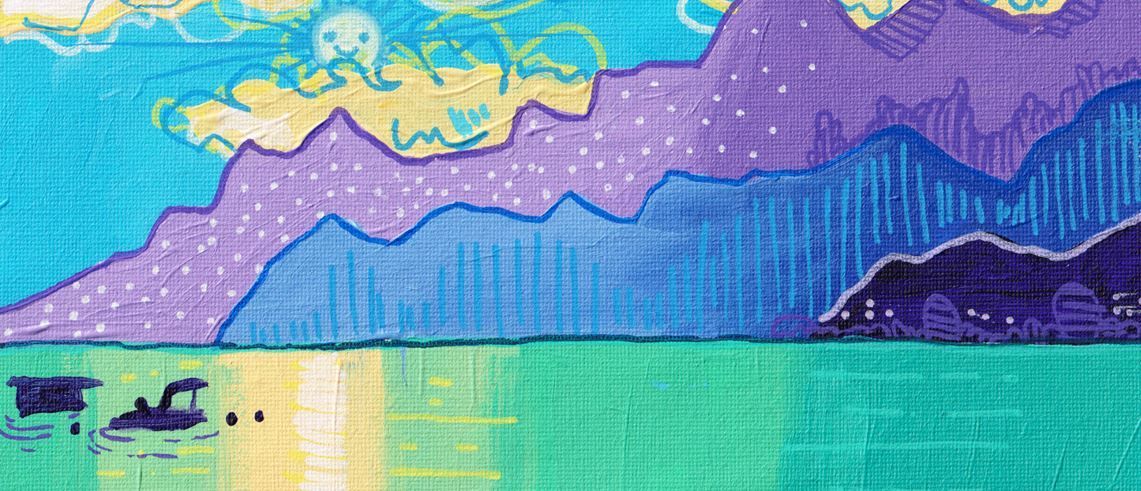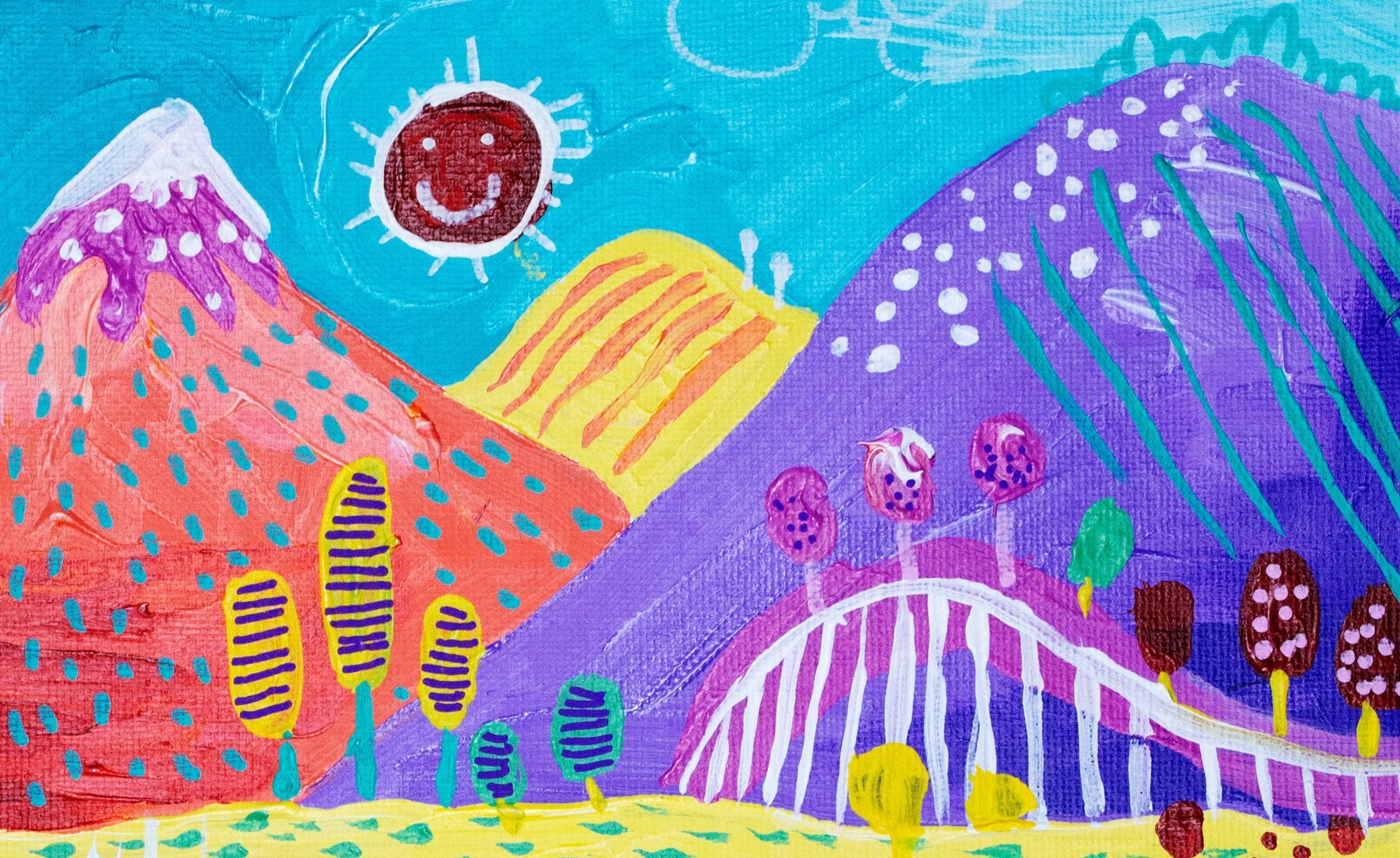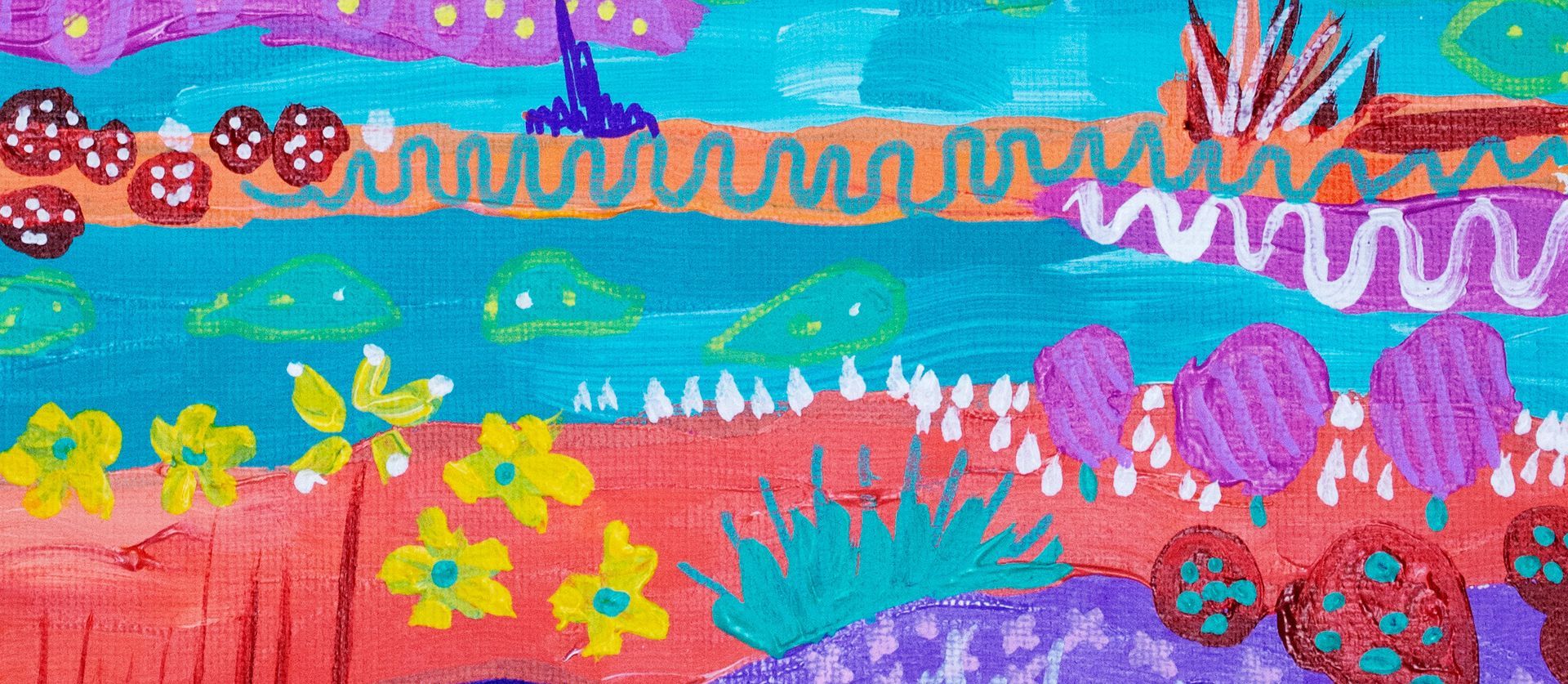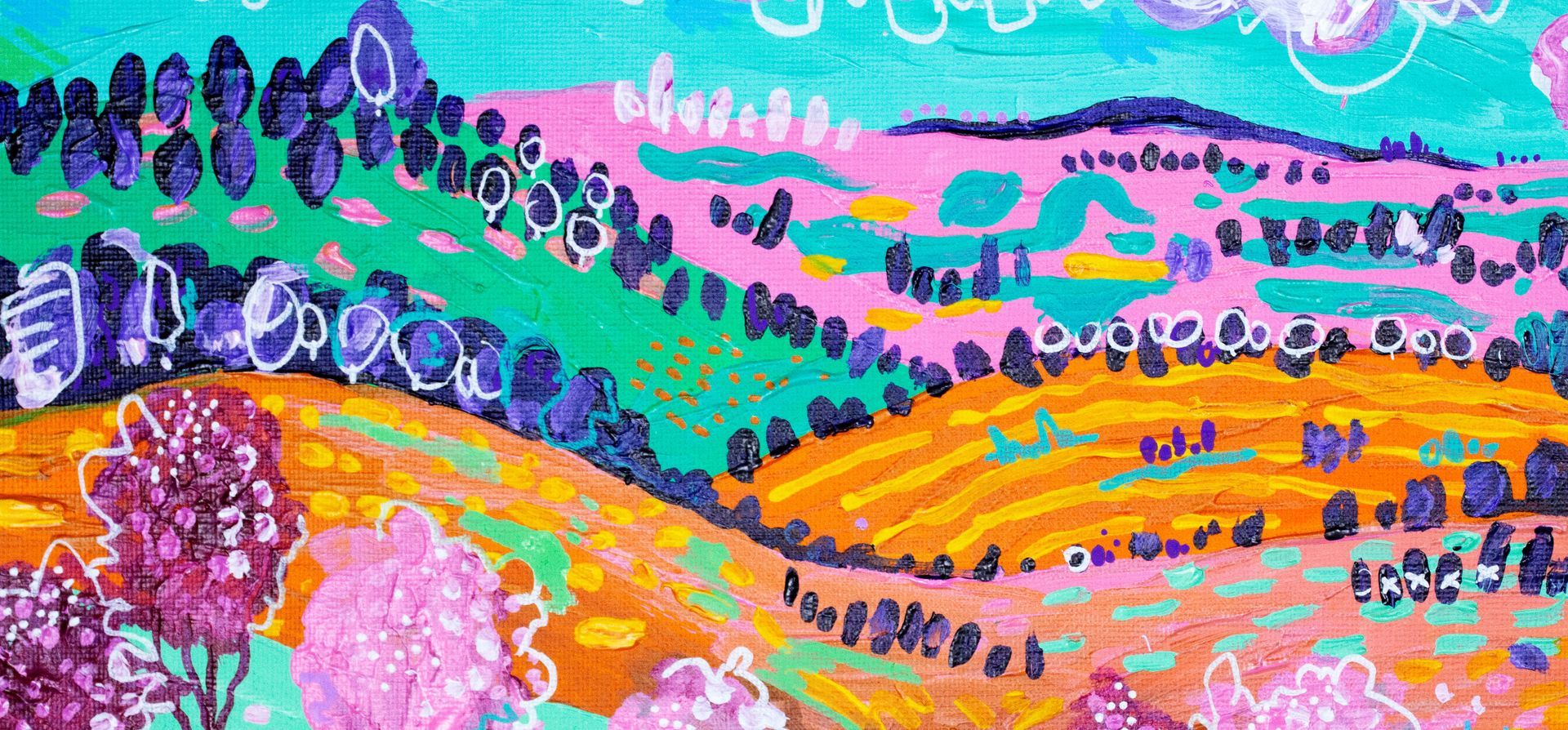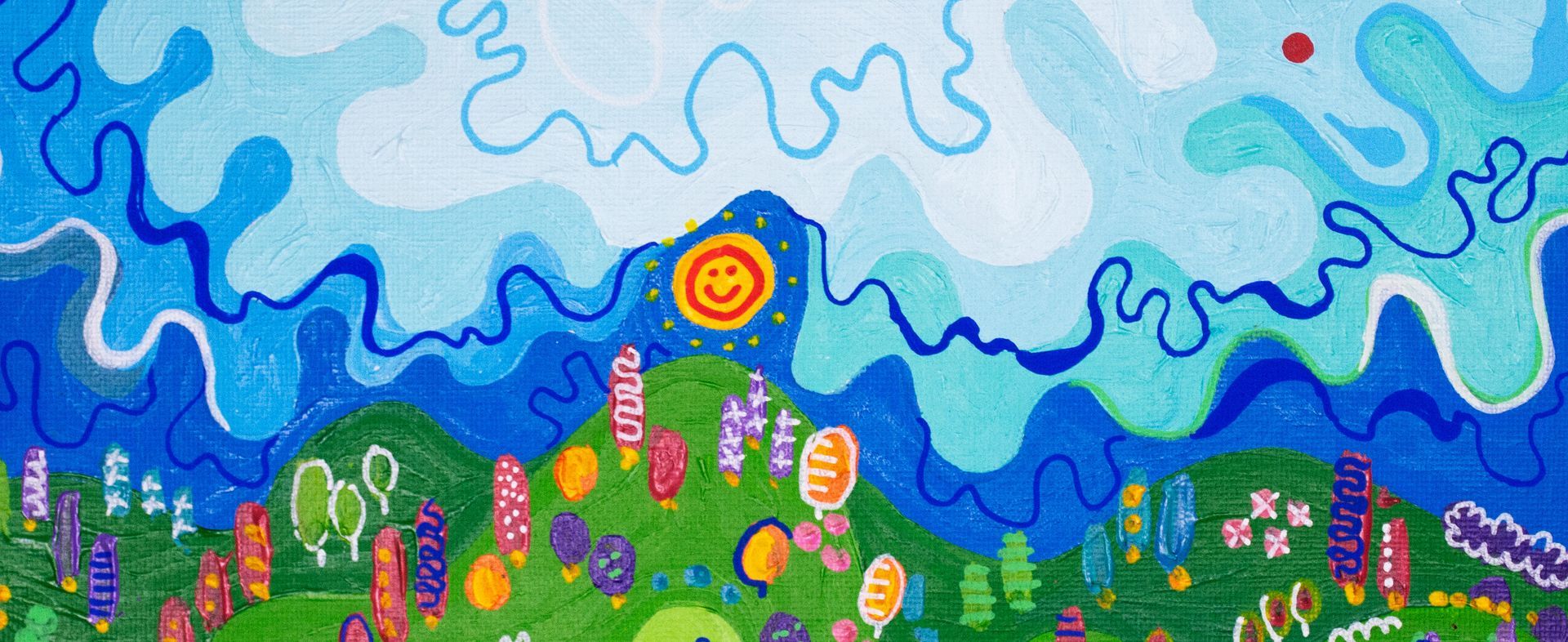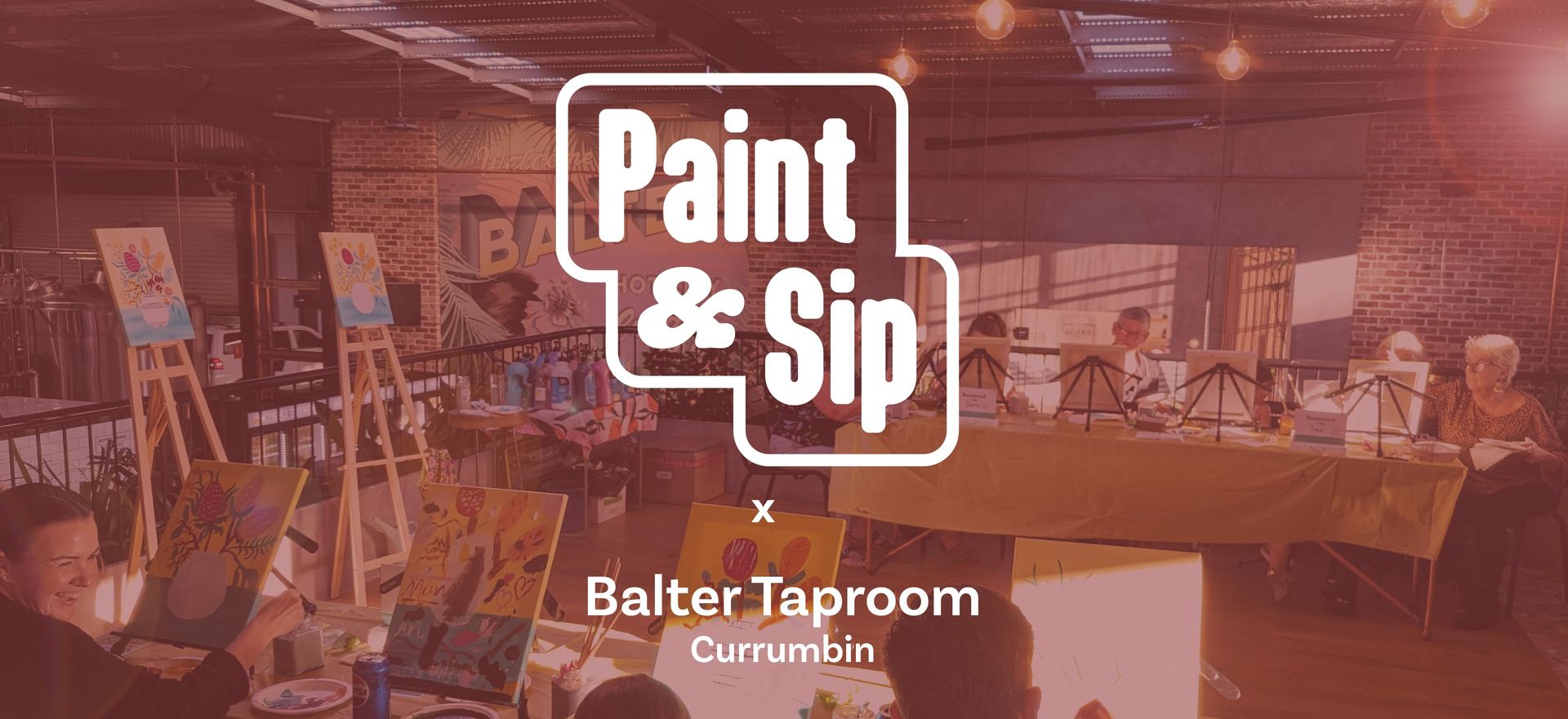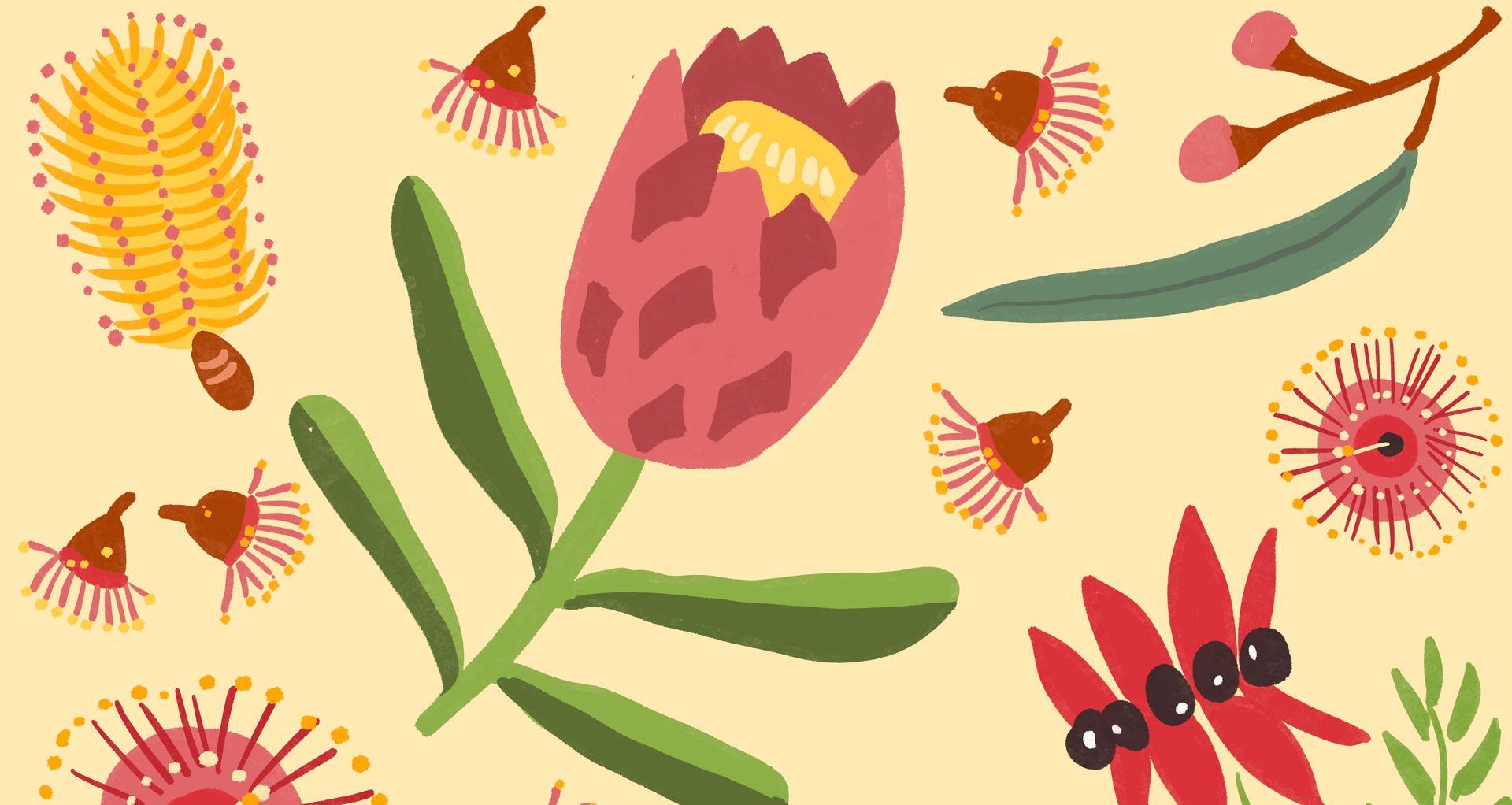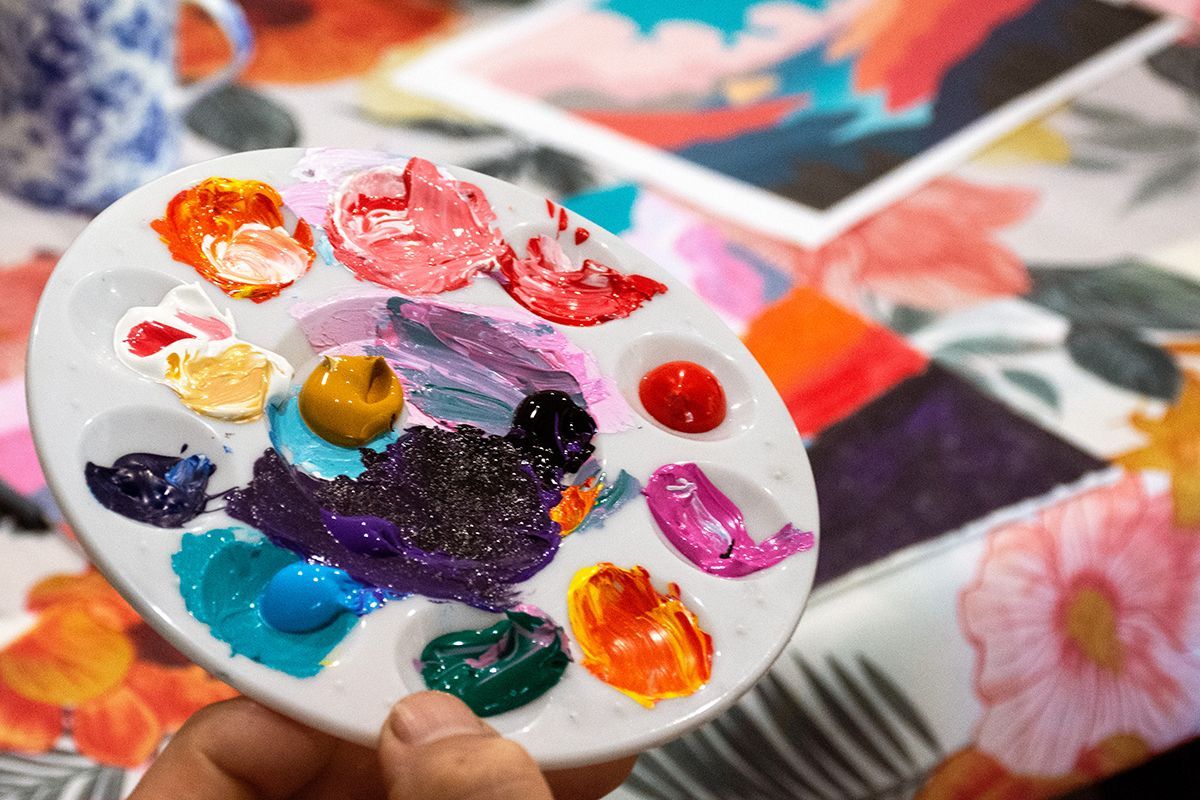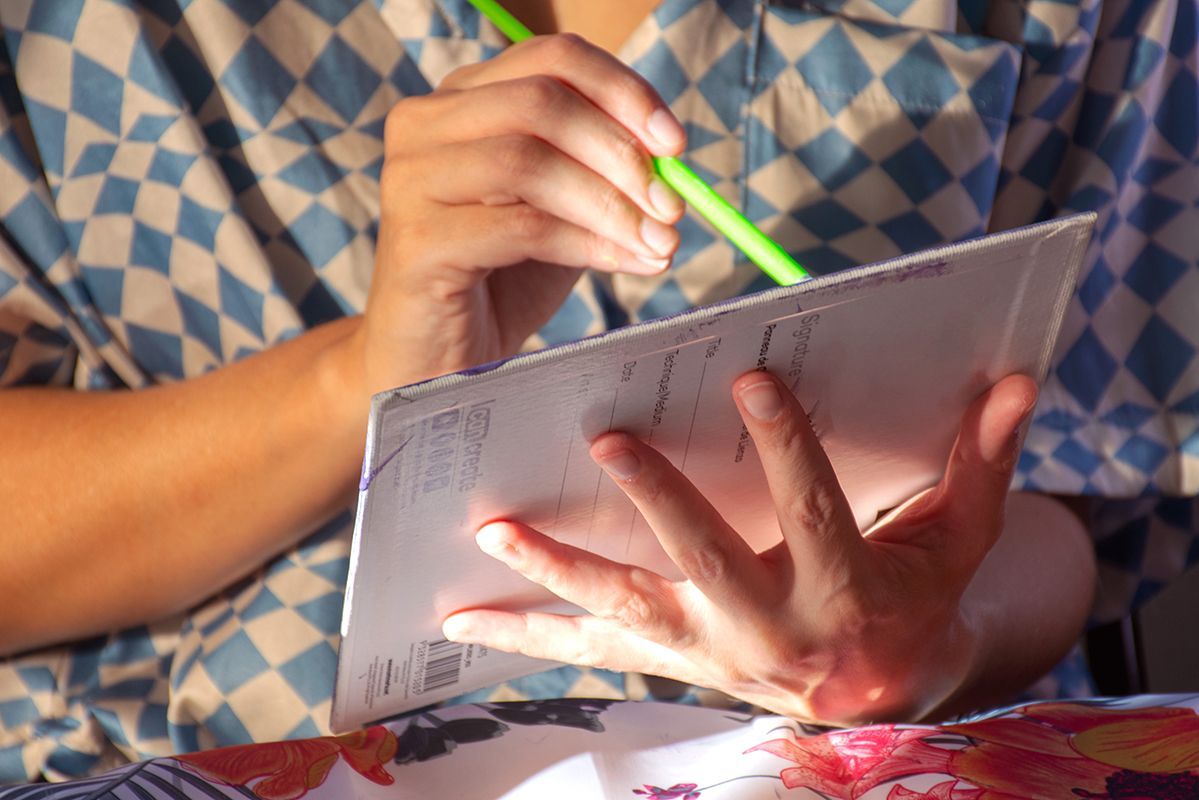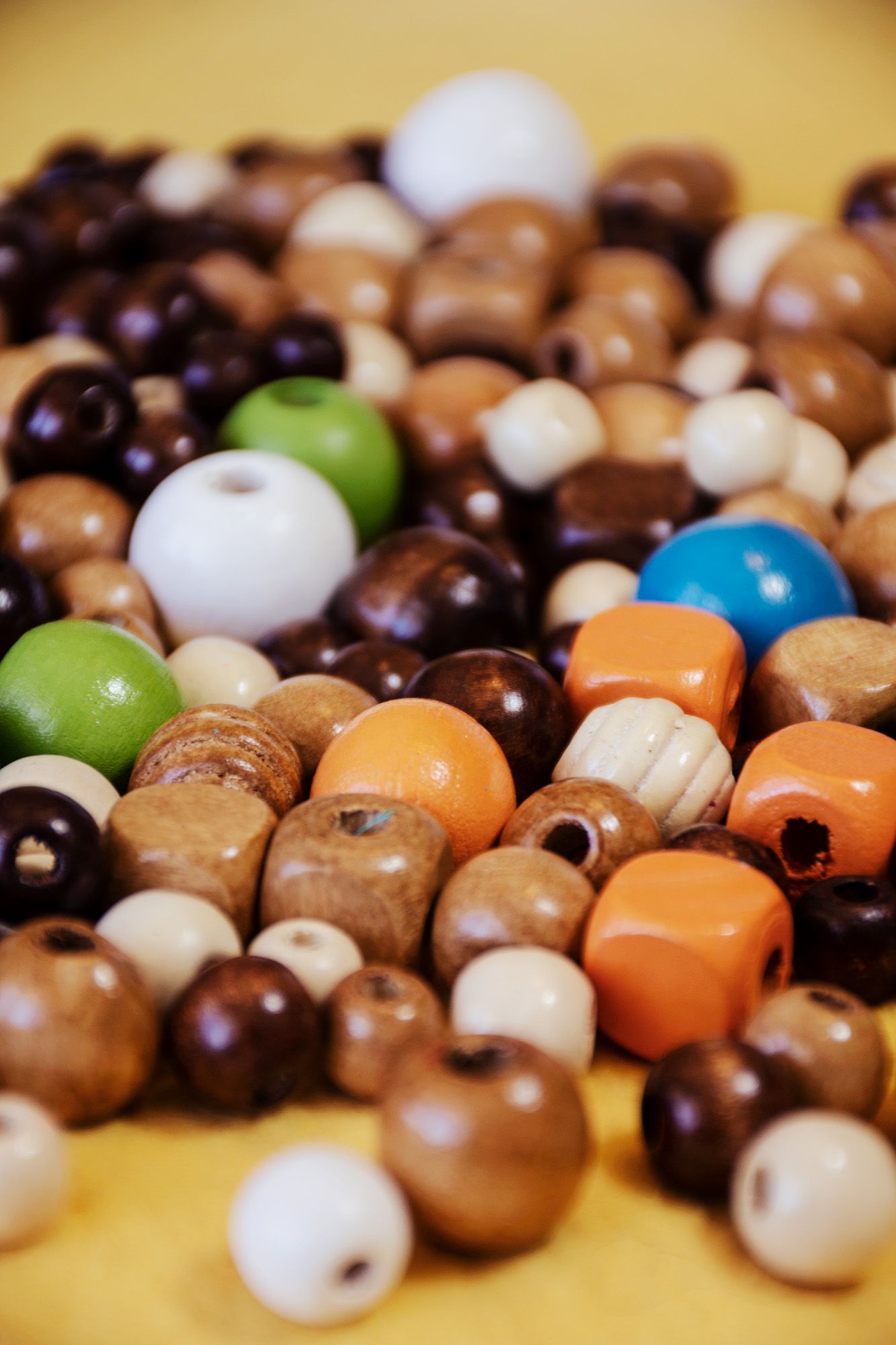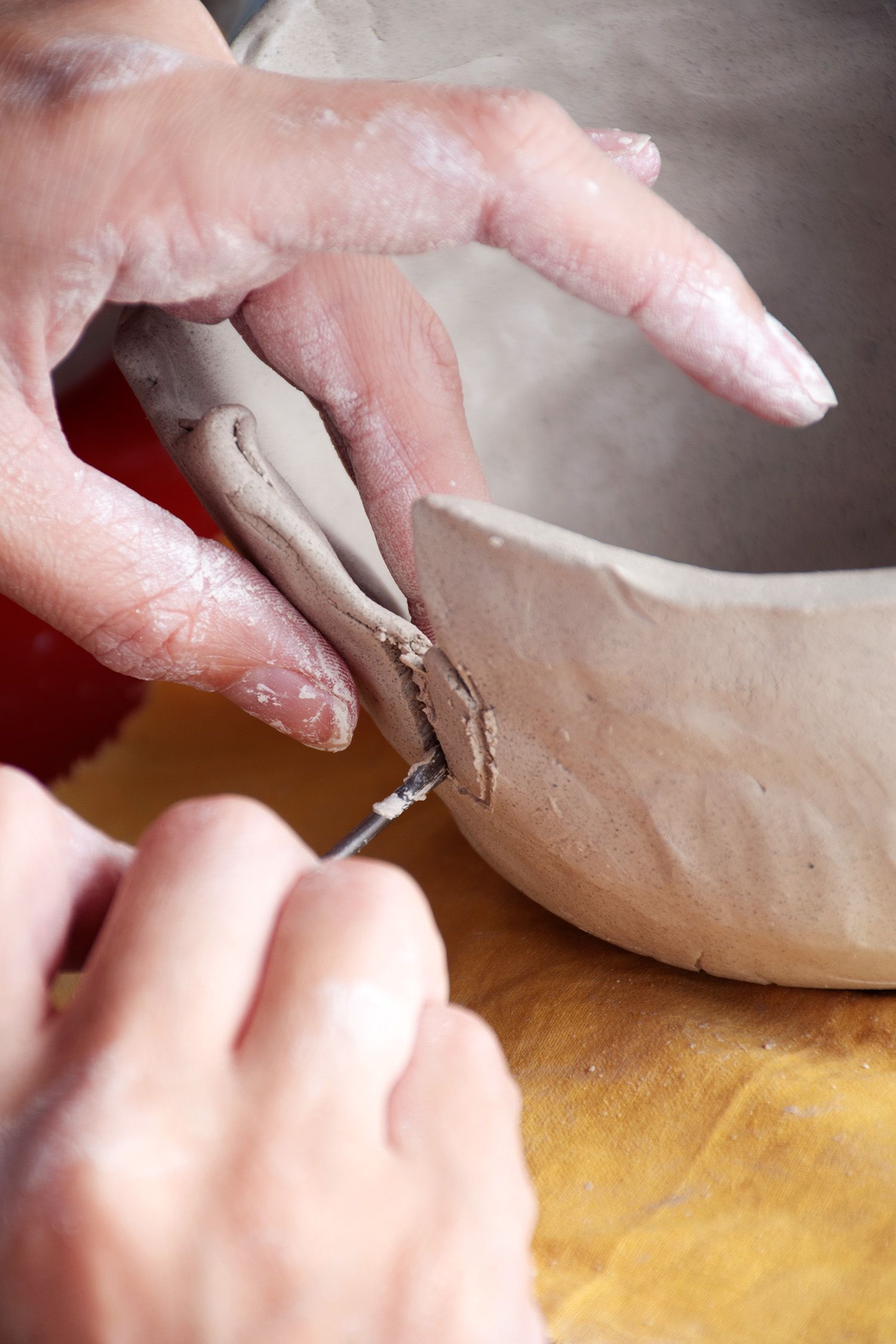The Importance of Perseverance: Why You Should Keep Practising Your Art Even When You Lack Motivation
As artists, we've all experienced those moments when our creative spark seems to dim, and motivation wanes. The blank canvas or empty page stares back at us, and the desire to create fades away. However, it is precisely during these moments that perseverance becomes crucial. In this blog post, we'll explore why it's essential to keep practising your art even when you don't feel the motivation, and how doing so can lead to growth, inspiration, and personal fulfillment.
Cultivating Discipline
Motivation may come and go, but discipline is what keeps us going when inspiration is scarce. By committing to regular practice, even during periods of low motivation, we develop discipline—an invaluable trait for any artist. When we show up to create consistently, regardless of how we feel, we establish a strong work ethic and build the habit of dedicating time to our craft. This discipline lays the foundation for long-term growth and success, allowing us to overcome creative blocks and reach new levels of artistic expression.
Harnessing the Power of Routine
Practising your art regularly, even when motivation is lacking, helps establish a productive routine. Just as professional athletes or musicians engage in daily practice, artists can benefit from incorporating regular art sessions into their lives. By adhering to a routine, we condition our minds to enter a creative state more easily, even when inspiration is elusive. Over time, the mere act of starting can reignite our artistic passion, making it easier to tap into our creativity and find fulfillment in the process itself.
Embracing the Learning Curve
Artistic growth often involves navigating through periods of frustration, self-doubt, and creative stagnation. However, it is during these challenging times that the most significant breakthroughs can occur. By continuing to practise, even when motivation is lacking, we allow ourselves to explore new techniques, experiment with different styles, and push beyond our comfort zones. Every stroke of the brush or stroke of the pen becomes an opportunity for growth and self-discovery. Embracing the learning curve means accepting that progress is not always linear, and that the journey itself is as valuable as the destination.
Discovering Unexpected Inspiration
Inspiration can strike at unexpected times and in surprising ways. By consistently practising your art, even during periods of low motivation, you create more opportunities for inspiration to find you. The act of showing up and engaging with your craft opens the door for new ideas, fresh perspectives, and creative connections. Additionally, exploring other artists' work, visiting galleries, or immersing yourself in different art forms can reignite your artistic passion and spark inspiration when you need it most. Inspiration often emerges from the process of doing, rather than waiting for it to magically appear.
Nurturing Self-Expression and Personal Fulfillment
Art is a profound form of self-expression, allowing us to communicate our emotions, thoughts, and experiences. By persisting with your art practice, even when motivation is lacking, you preserve a means of channeling your inner world and connecting with others. The act of creating can provide a sense of purpose and fulfillment, independent of external validation or success. It becomes a form of self-care and a means of nurturing your own well-being.
While motivation is undoubtedly essential for artistic pursuits, relying solely on it can hinder our progress and growth as artists. By cultivating discipline, embracing routine, navigating the learning curve, and seeking unexpected inspiration, we empower ourselves to persist with our art practice, even during moments of low motivation. Through perseverance, we unlock the transformative potential of creativity, tap into our unique voices, and find personal fulfilment in the process. So, keep showing up, keep creating, and let your art become a testament to your dedication, resilience, and artistic journey.
